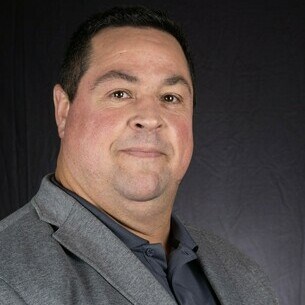CALLING LAKE — High school students in the Northland School Division (NSD) will have new dual credit opportunities available for the taking as early as the February 2025 semester thanks to a grant from the provincial government.
In an Oct. 29 press release, the Alberta government announced nearly $4.9 million in funding for the creation of 55 new dual credit programs across the province for the 2024-25 school year. An additional 22 existing programs were selected to receive $100,000 in funding to sustain and improve their programming.
NSD was named as a recipient of the maximum of $50,000 in start-up funding, a chunk of change for which Associate Superintendent Mark Owens said the division already had plans involving a nearby institution.
“The original application for this funding was to be able to start up a dual credit program working with one of our local colleges, Northern Lakes College, on an educational assistant program start for Grade 11 and 12 students,” said Owens.
“In our communities, a lot of our kids graduate and stay in the community, and a program like this would allow them to get their foot in the door in a career in education,” he added.
Dual credit programming allows students to pursue training and work experience that counts towards apprenticeship pathways into the trades and post-secondary opportunities beyond high school.
The division has 17 schools scattered across the northern half of the province, with locations as far north as Paddle Prairie Métis Settlement — 70 kilometres south of High Level — to Grande Cache, and east to Fishing Lake Métis Settlement, 80 km south of Bonnyville.
Of these, five schools serve high school populations, and all five schools will have access to the new programming start, including the Bill Woodward School in Anzac, Calling Lake School, Wabasca’s Mistassiniy School, Paddle Prairie School, and Northland Online School.
While student interest in the communities varies, with many partial to trades careers, Owens said the establishment of an educational assistant program is an attempt to hit two birds with a $50,000 stone.
“The biggest part was looking into our community and where was the biggest employment availability for kids once they graduate high school and get their foot in the door in education, where we always seem to be short staffed,” said Owens.
Not only will the program allow students a direct pathway to a job within — or outside — the division, but it will also give potential teachers and teachers’ aides hands-on experience to test whether a career working with children is the right fit for them, said Owens.
The program, which Owens said will hopefully be ready for its first cohort of students in the winter semester starting in February, will consist of a virtual theory course, with both synchronous and asynchronous elements. Students will then complete 60 hours of an in-class practicum in elementary settings without having to leave their home communities.
Owens said the program put into action with provincial dollars will hopefully remain viable for NSD students for years to come and evolve to meet both student interest and employment demand in fields beyond educational assistants.
“Without the start-up funding, it makes it very difficult to put the capital in to really kick-start a program that could be sustainable,” said Owens. “We’re really excited that we were successful in getting that, because it enables us to put in act something that’s really important for our kids.”



